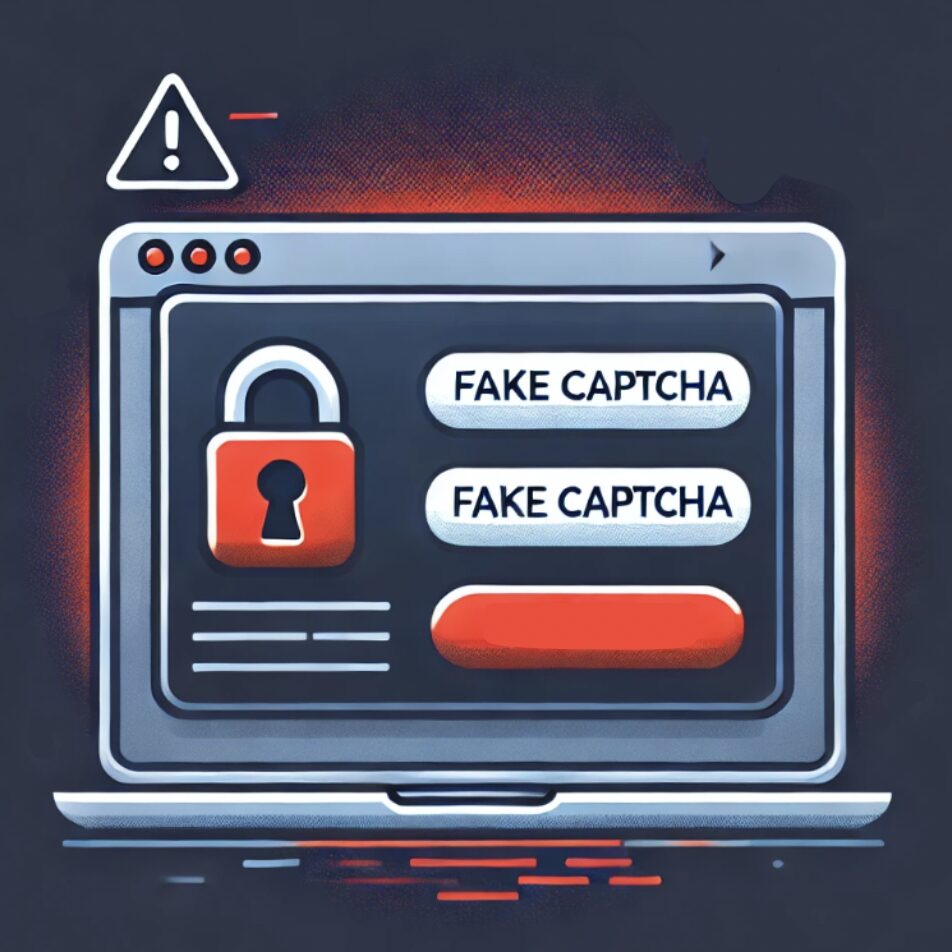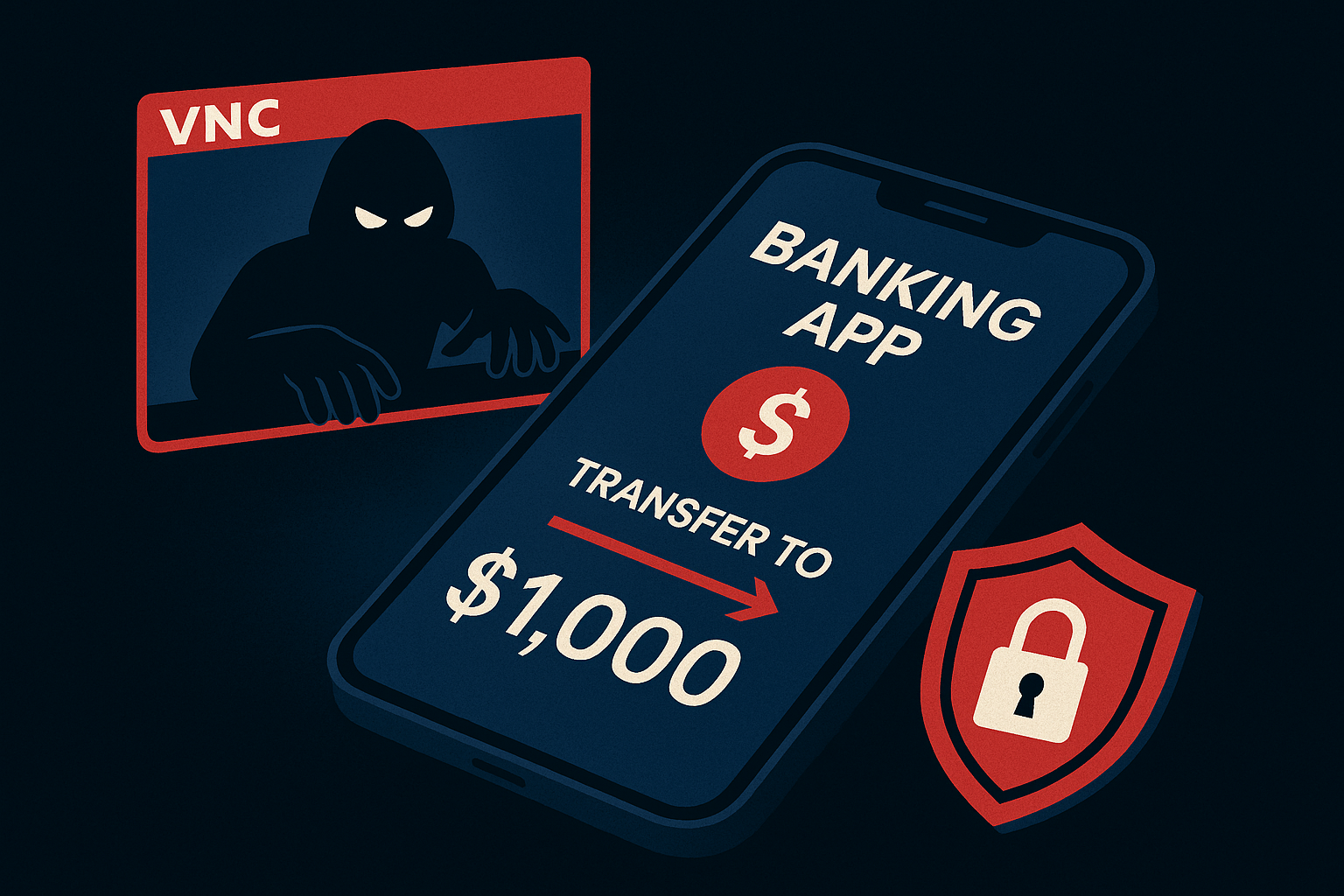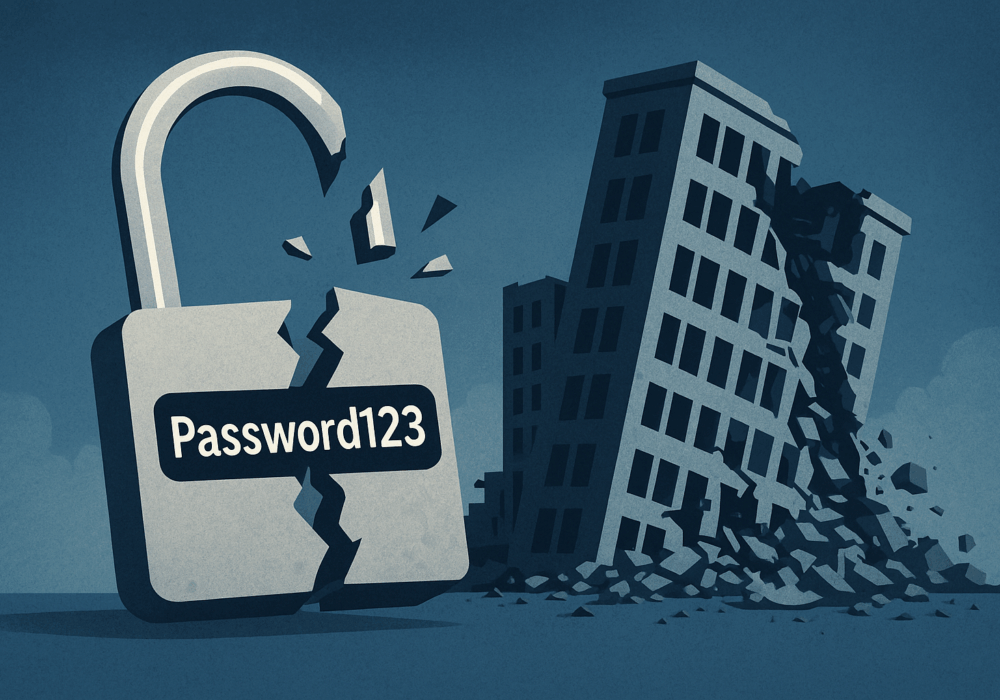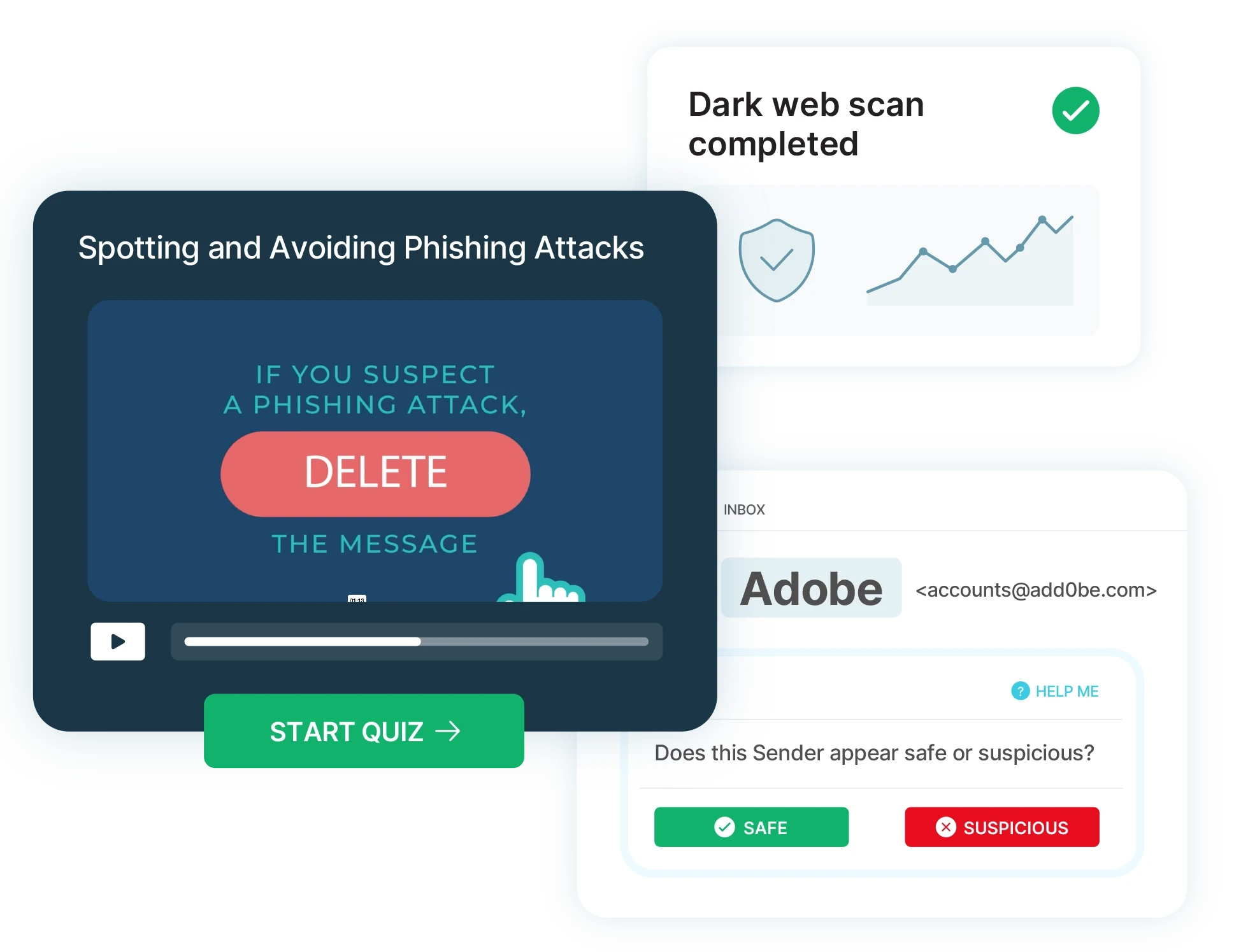
In today’s ever evolving cyber threat landscape, attackers are finding innovative ways to bypass traditional security measures. One recent method exploits Webflow’s trusted infrastructure and a fake CAPTCHA page, to execute a common credential phishing attack. In this post, we break down how this new attack works and provide actionable steps to protect yourself and your organization.
Hackers are exploiting the trust we may have in a common webhosting platform called Webflow. Hackers create a fraudulent web page that appears legitimate, and boost that legitimacy with the following tactics:
To safeguard your organization, ensure that you verify URLs, enforce multi-factor authentication, and regularly educate your team on emerging threats such as fake CAPTCHA security pages designed to build artificial trust. For more insights on advanced cybersecurity measures, subscribe to our newsletter or contact our experts at CyberHoot today.
Cybercriminals are continuously evolving, and staying informed is your best defense. With proactive measures and CyberHoot’s cutting-edge solutions, you can secure your digital environment against these new phishing tactics.
Not ready to sign up yet, but want to learn more? Attend our monthly webinar to see a demo of CyberHoot, ask questions, and learn what’s new. Click the Green Box below to Register. You want to, I can feel it!
Discover and share the latest cybersecurity trends, tips and best practices – alongside new threats to watch out for.

The rapid rise of generative AI has unlocked enormous promise, but it’s also accelerating the arms race in...
Read more
Newly discovered Android banking Remote Access Trojan (RAT), dubbed Klopatra, has compromised more than 3,000...
Read more
In June 2025, KNP Logistics Group, a transport company in the UK with 500 trucks and nearly two centuries of...
Read moreGet sharper eyes on human risks, with the positive approach that beats traditional phish testing.
